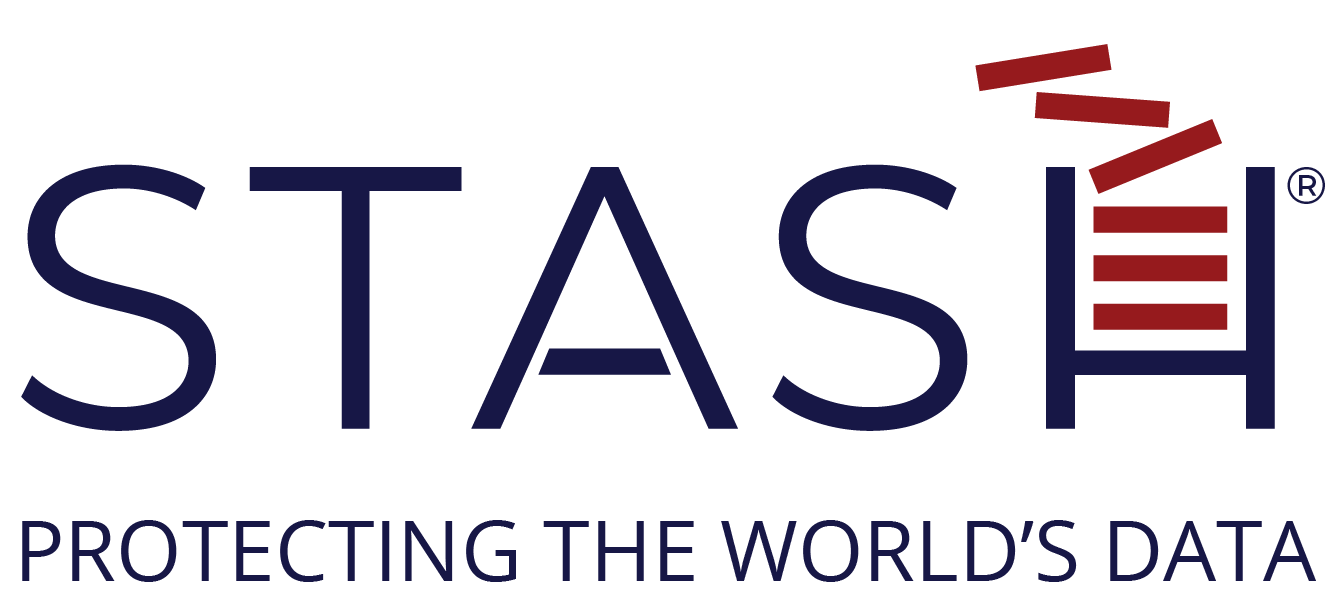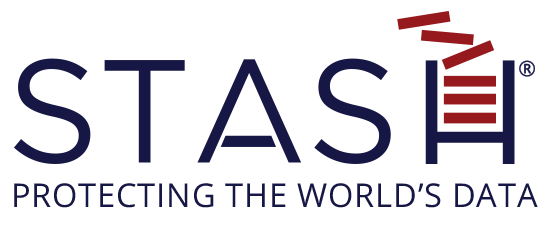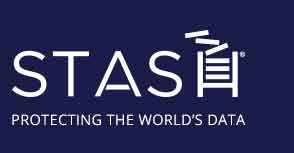COVID-19 has forced a large portion of the global workforce to conduct their day to day business and operations at home. While in quarantine, companies are relying heavily on different mediums of communication to make sure they can resume their work and ride out the storm. Microsoft, Zoom, Slack, and many others have made tremendous gains as demand for reliable and secure platforms continues to grow.
For people who have worked the same way in office environments for years at a time, or who haven’t had much experience working remotely before, using these applications every day may present a steep learning curve. As the working environment becomes more complicated, so does the likelihood of human error.
Here are some of the best preventative measures you should know about:
#1: Beware of Phishing Emails
Phishing is one of the oldest tricks in the books for an attacker. You may have even received one of the infamous “
Nigerian Prince emails
” from a dejected crown prince during the 2000s. The most effective phishing emails come from criminals who pose as trusted entities who want you to click a link that redirects you to a malicious URL.
Due to the coronavirus,
phishing scams have increasingly been related to COVID-19 subjects. Hackers are sending emails that appear to come from trusted sources like your employer, the government, or reputable medical institutions reaching out to provide information updates.Avoid clicking links from unknown contacts, and if you need to open up a file, just hover over it first to show where it will redirect you. Often these emails will have grammatical errors, awkward language, generic greetings, and immediate call to actions (something like “critical work information here.”)
#2: Beware of Malicious Websites
Thousands of new COVID-19 related URLs have been established over the past few months, many of them malicious. The reason is simple: hackers and criminals understand that people are voraciously consuming any and all COVID-19 related information they can. Most of these websites are just regurgitating information you can find on trusted locales like the Center for Disease Control (CDC)
site.. It’s tempting to spend all day looking for conspiracy theories and predictions for when this will all be over. Still, it’s better to limit your daily updates to trusted news sources and information from state and local officials. By doing this, you’re protecting both your personal information and your sanity.
#3: Training
If you’re a business owner or just someone who is concerned about their privacy and safety online working from home, taking steps to learn the details of our current state of affairs is essential. The same major communication applications mentioned previously (Microsoft, Zoom, and Slack) have all had their fair share of data breaches where sensitive user information was compromised. Staying informed about the current state of data protection will prevent unauthorized others from gaining access to your confidential information.
At STASH®, we know that taking the datacentric approach to cybersecurity is the only logical way to go about preventing a damaging data breach. We also recognize that when sensitive data is compromised, it is often due to human error. It’s no secret that we (being imperfect beings) usually make mistakes when we are put into an unfamiliar environment or situation; this, combined with the millions of people working from home, makes the recent influx of reported cybercriminal activity an expected (and unwelcome) issue. That’s why we designed STASH® with ‘least access’ controls. Users can simply go about their business with all security decisions and selections administered through the dashboard by a designated manager.
Reading this blog is a great start, so you’re already on the right track! Consider transitioning to a datacentric method of security with
STASH®
to protect yourself and your workforce.

